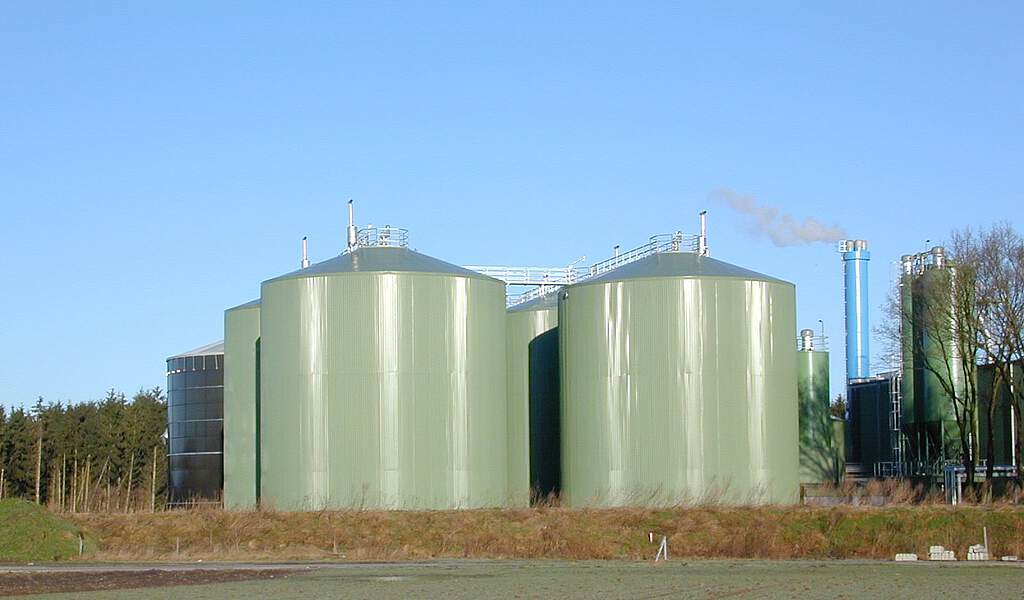Bio Gas Plant
Bio Gas Plant
A biogas plant converts organic waste, such as agricultural residue or food waste, into biogas and nutrient-rich digestate through anaerobic digestion. The produced biogas serves as a renewable energy source, while the digestate can be used as organic fertilizer.

What happens in Bio Gas Plant?
In a biogas plant, organic waste such as food scraps, agricultural residues, or sewage is collected and placed into an anaerobic digester. Inside the digester, microorganisms break down the organic material in an oxygen-free environment, producing biogas, which is primarily composed of methane and carbon dioxide. This process occurs at controlled temperatures and conditions, ensuring efficient gas production.
The biogas produced in the digester is collected and can be used as a renewable energy source. It can be burned to generate electricity, heat, or even refined into vehicle fuel. This makes biogas plants an important part of sustainable energy solutions, reducing reliance on fossil fuels.
After the digestion process, the remaining solid material, called digestate, is rich in nutrients and can be used as fertilizer for agricultural land. Biogas plants not only help in managing organic waste but also contribute to environmental protection by reducing greenhouse gas emissions and promoting circular economies.
